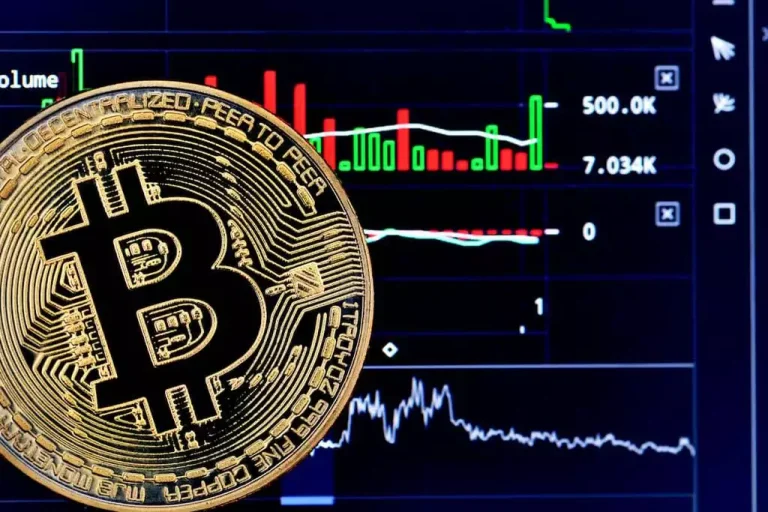Understanding Blockchain Forensics: A Complete Guide to Its Critical Importance

In the fast-evolving world of digital currencies, blockchain forensics has emerged as an essential tool for identifying and recovering lost or stolen cryptocurrencies. As more people adopt cryptocurrencies, the need for security, transparency, and proper recovery methods becomes more important. This article will explore what blockchain forensics is Fraud Investigation, its importance, and how it plays a crucial role in cryptocurrency recovery.
What is Blockchain Forensics?
Blockchain forensics is the process of investigating blockchain transactions and identifying patterns, addresses, and anomalies to trace the origin or movement of cryptocurrency. Since blockchain technology is decentralized, all transactions are recorded in a public ledger. This transparency allows forensic experts to track down illegal activities, such as theft or fraud, by analyzing the digital footprints left behind.
Why is Blockchain Forensics Important?
As digital currencies continue to grow, so do cybercrimes related to them. Blockchain forensics helps:
- Detect Fraudulent Activity: By analyzing transaction data, blockchain forensics can detect suspicious patterns that may indicate fraud or illicit transactions.
- Recover Stolen Funds: Blockchain forensics can identify where stolen assets have been moved, aiding in the recovery process.
- Support Law Enforcement: Many law enforcement agencies rely on blockchain forensic experts to gather evidence and build cases against criminals involved in illegal crypto activities.
- Ensure Compliance: Businesses and individuals can use blockchain forensics to ensure they comply with anti-money laundering (AML) and know-your-customer (KYC) regulations.
The Role of Blockchain Forensics in Cryptocurrency Recovery
One of the critical applications of blockchain forensics is in cryptocurrency recovery. When someone loses access to their digital assets due to hacking, theft, or forgotten credentials, blockchain forensics can be used to trace the stolen or lost funds. Here’s how:
1. Tracing the Movement of Stolen Assets
When cryptocurrencies are stolen, the thief typically moves them through multiple wallets to hide their origin. Blockchain forensics tracks these movements, identifying wallet addresses and analyzing patterns to locate where the stolen assets might be.
2. Analyzing Transaction Patterns
By scrutinizing transaction data, forensic experts can detect irregularities and identify connections between the stolen assets and known criminal entities or services. This process often reveals where the assets were spent or exchanged.
3. Collaborating with Exchanges and Authorities
Once the stolen assets have been traced, blockchain forensics experts collaborate with cryptocurrency exchanges and law enforcement agencies to freeze the funds or recover them. Many exchanges now work closely with forensic teams to monitor illegal activities.
How SecuredByte is Revolutionizing Cryptocurrency Recovery
At SecuredByte, we specialize in crypto funds recovery through cutting-edge technology and a highly skilled team. Using advanced blockchain forensic techniques, we work tirelessly to recover lost or stolen assets for our clients. Whether you’re dealing with a hack, fraud, or lost access, our cryptocurrency recovery experts ensure maximum returns with minimal hassle.
Our Approach to Blockchain Forensics:
- Comprehensive Analysis: We analyze every detail of the blockchain to track the movement of stolen funds.
- Real-time Monitoring: Our technology constantly monitors the blockchain for any signs of your assets.
- Collaboration with Exchanges: We work closely with exchanges to block illicit transactions and recover your funds quickly.
The Future of Blockchain Forensics
As cryptocurrencies become more mainstream, the importance of blockchain forensics will continue to grow. Blockchain forensics is not only crucial for solving cybercrimes but also for maintaining the integrity of the cryptocurrency ecosystem.
Trends in Blockchain Forensics:
- AI Integration: Artificial intelligence will play a significant role in automating blockchain forensics and improving detection accuracy.
- Global Regulations: Governments worldwide are implementing stricter regulations to prevent money laundering and fraud, making blockchain forensics even more essential.
- Enhanced Collaboration: Increased collaboration between law enforcement, forensic experts, and exchanges will streamline the recovery process and help bring criminals to justice.
Conclusion
In the complex and rapidly evolving world of digital currencies, blockchain forensics is a vital tool for maintaining trust, ensuring transparency, and aiding in cryptocurrency recovery. Whether you’re an individual who has lost access to your funds or a business looking to enhance your security protocols, blockchain forensics provides the solutions you need.
At SecuredByte, we are dedicated to helping you recover your assets and stay protected from future threats. With our expert team and innovative technology, we ensure maximum returns with no hassle.
For more information on our services, visit SecuredByte.







